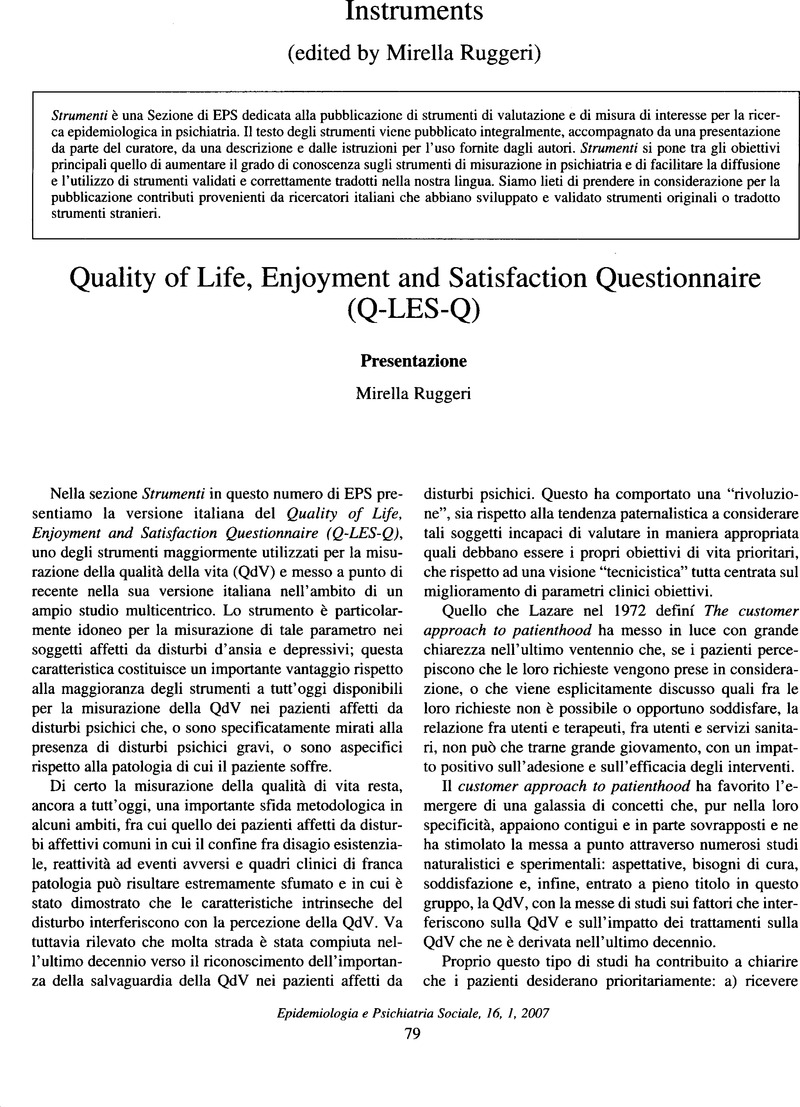Crossref Citations
This article has been cited by the following publications. This list is generated based on data provided by Crossref.
Vélez León, Vanessa
Lucero Gutiérrez, Vanessa
Escobar Hurtado, Celia
and
Ramirez-Velez, Robinson
2010.
Relationship between health-related quality of life and disability in women with peripheral vertigo.
Acta Otorrinolaringologica (English Edition),
Vol. 61,
Issue. 4,
p.
255.
Vélez León, Vanessa
Lucero Gutiérrez, Vanessa
Escobar Hurtado, Celia
and
Ramirez-Velez, Robinson
2010.
Relación entre la calidad de vida relacionada con la salud y la discapacidad en mujeres con vértigo de origen periférico.
Acta Otorrinolaringológica Española,
Vol. 61,
Issue. 4,
p.
255.
Petri, Maria
Chirilă, Magdalena
Bolboacă, Sorana D.
and
Cosgarea, Marcel
2017.
Health-related quality of life and disability in patients with acute unilateral peripheral vestibular disorders.
Brazilian Journal of Otorhinolaryngology,
Vol. 83,
Issue. 6,
p.
611.
Li, Tingting
Bu, He
and
Duan, Wenjie
2021.
A brief measure of perceived courtesy and affiliate stigma on COVID-19: A study with a sample from China.
Personality and Individual Differences,
Vol. 180,
Issue. ,
p.
110993.



